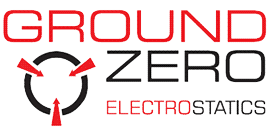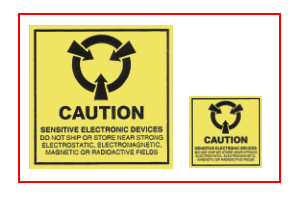Where to place the strap on a heel or sole grounder
Q: Do the heel strap cords need to be placed inside the sock i.e. between skin and sock or can the cord be outside the sock i.e. between sock and shoe? Is this specified in any ESD documentation? If so, which standard?
A: I like this question because I used to always put the strap between my foot (skin) and the sock, aka stuff it into my sock and under my heel. I later came to find that this wasn’t necessary.
I don’t believe it’s mentioned in any ESDA standards, perhaps in ESD SP9.2-2003 Footwear-Foot Grounders Resistive. But Foot Grounders are checked on a combo tester hopefully before you enter the EPA and if you pass and get a green light, you’re good to go. I’m seeing instructions to say the strap is to go “inside the shoe or sock”, so…
MIL-HDBK-263B Section 40.1.1 Personnel ground strap on page 100 says, “Personnel handling ESDS items should wear a skin-contact wrist, leg or ankle ground strap.” So this would imply skin contact, but I found it’s not necessary. If personnel wears cotton socks, the sweat and salt in our body make ESD shoes work, so thusly, the strap can go outside the sock and on the shoe’s conductive insole. Be sure to lay the strap across the heel and not just across the arch if you do it this way.
So just put the strap between your sock and shoe insole and use your combo tester or test yourself from palm to earth ground and see that you’re reading less than 3.5E7 Ω per ANSI/ESD STM97.1-2006 Floor Materials and Footwear. If you feel more comfortable putting it between the sock and skin, that’s fine too.
I find it to be more comfortable, convenient, and hygenetically sound to place it between the sock and insole as well. If there’s any mention of this to this detail elsewhere, it’s unbeknownst to me.







